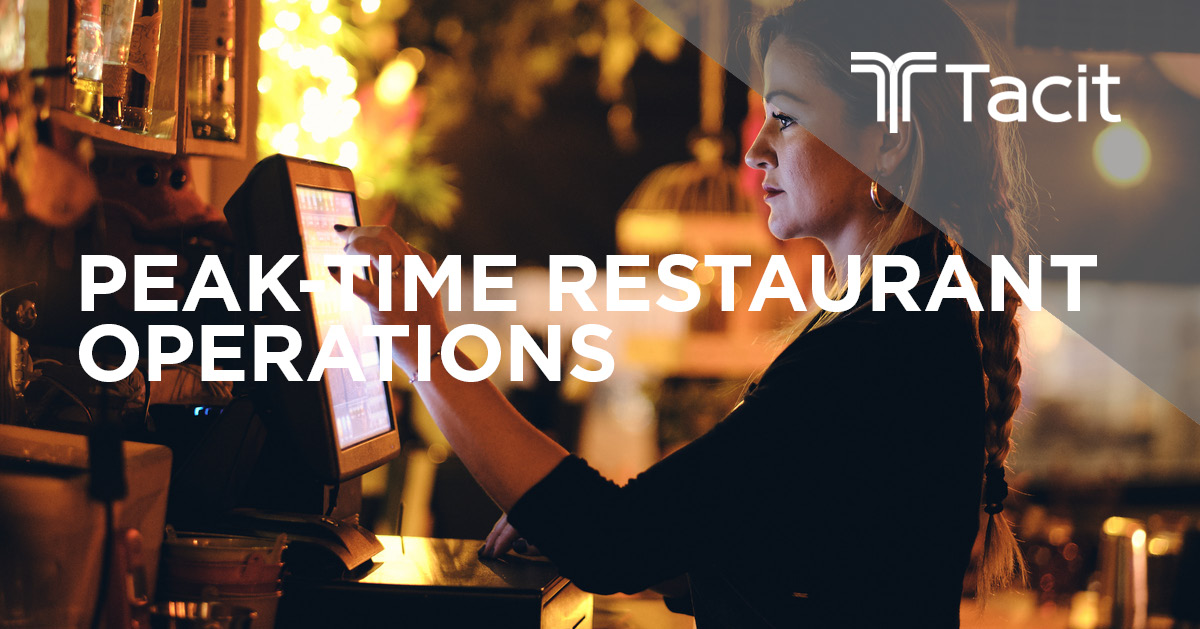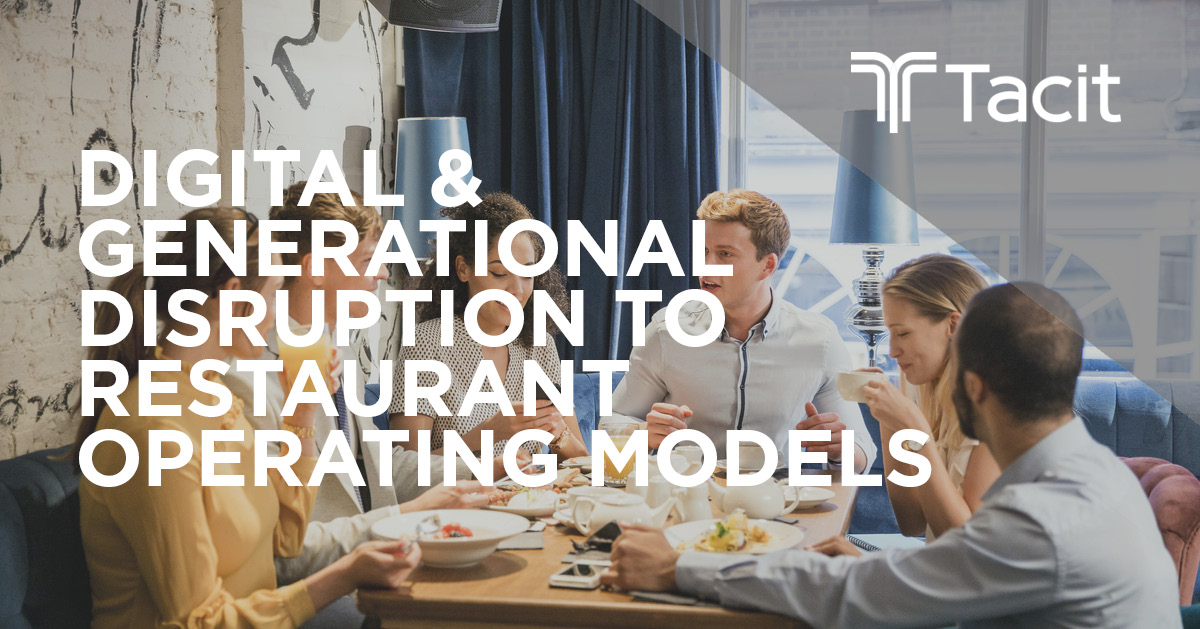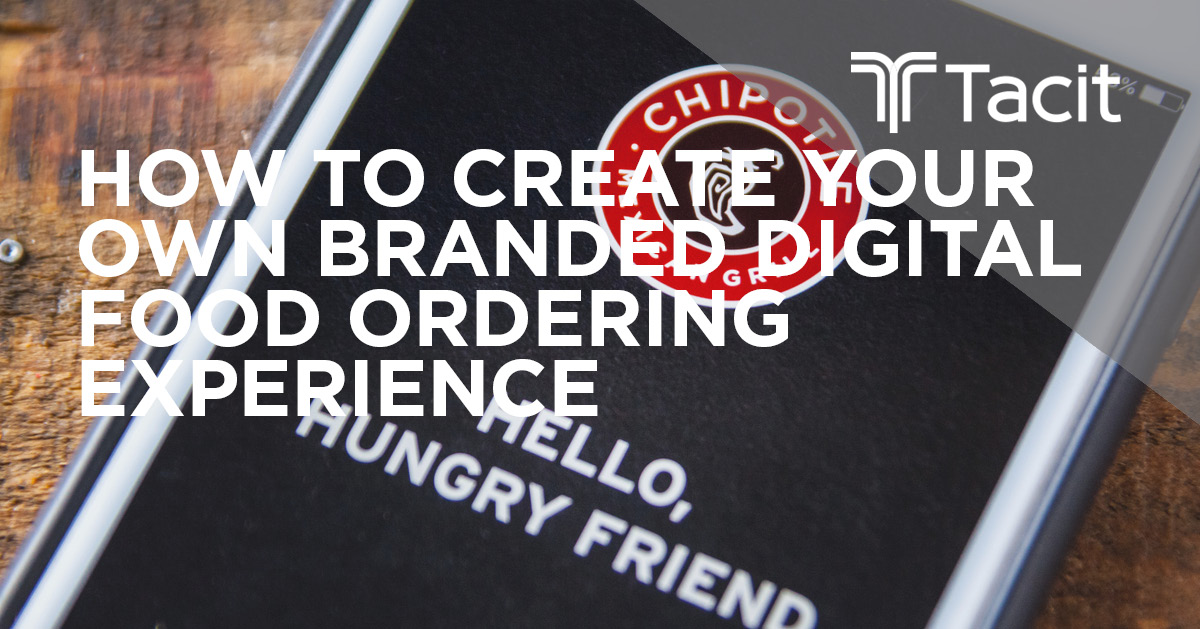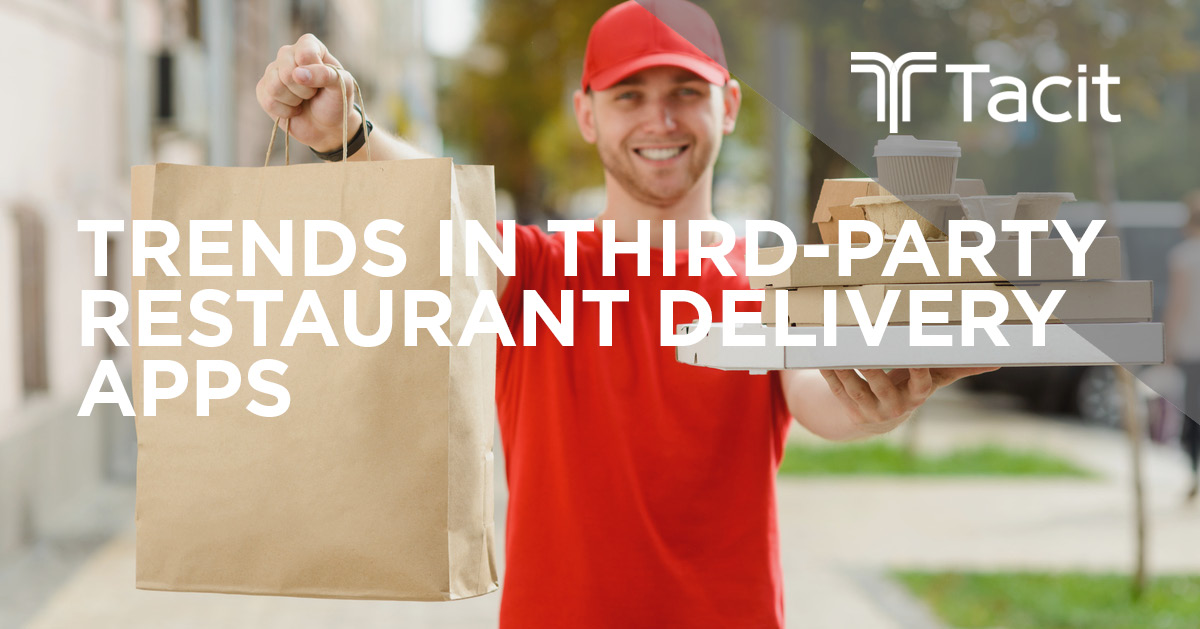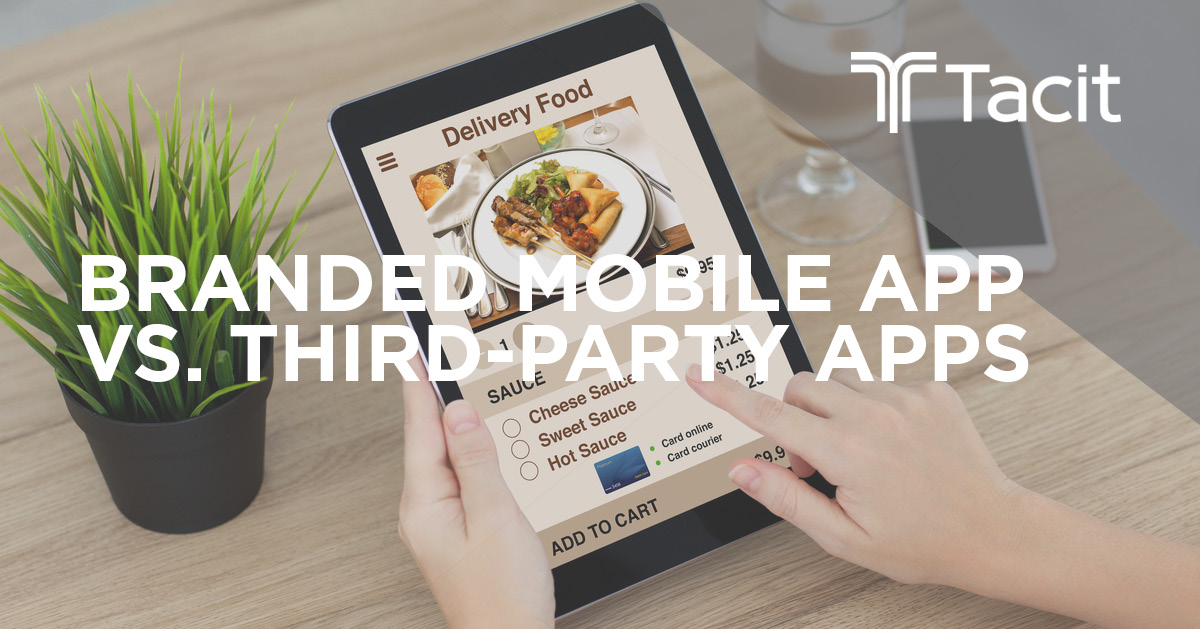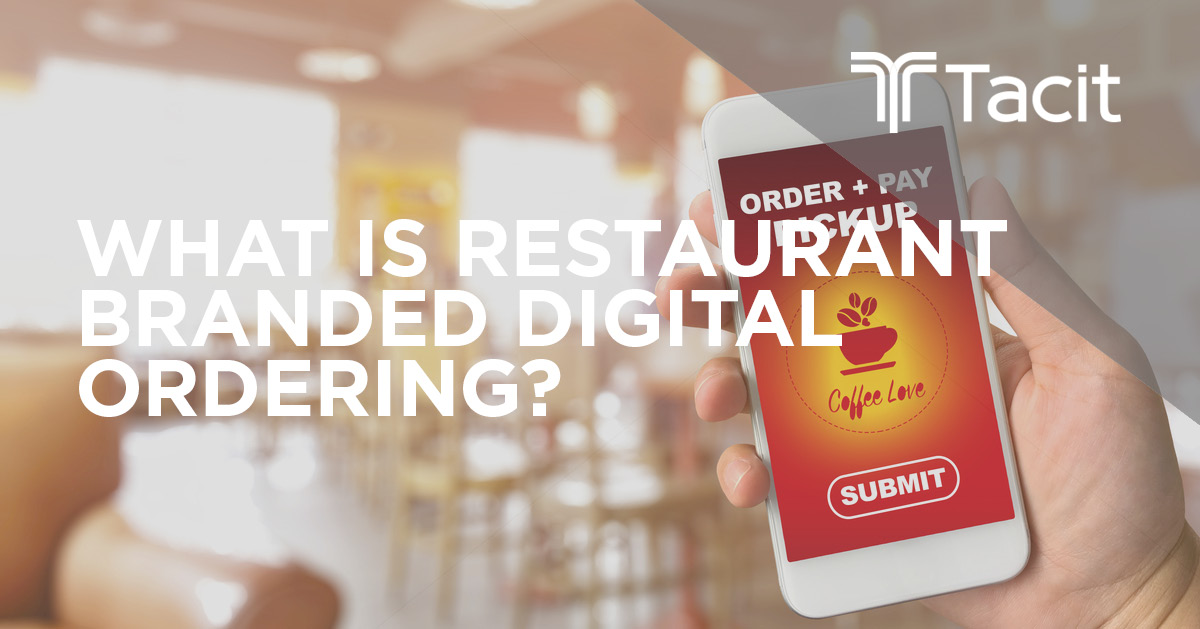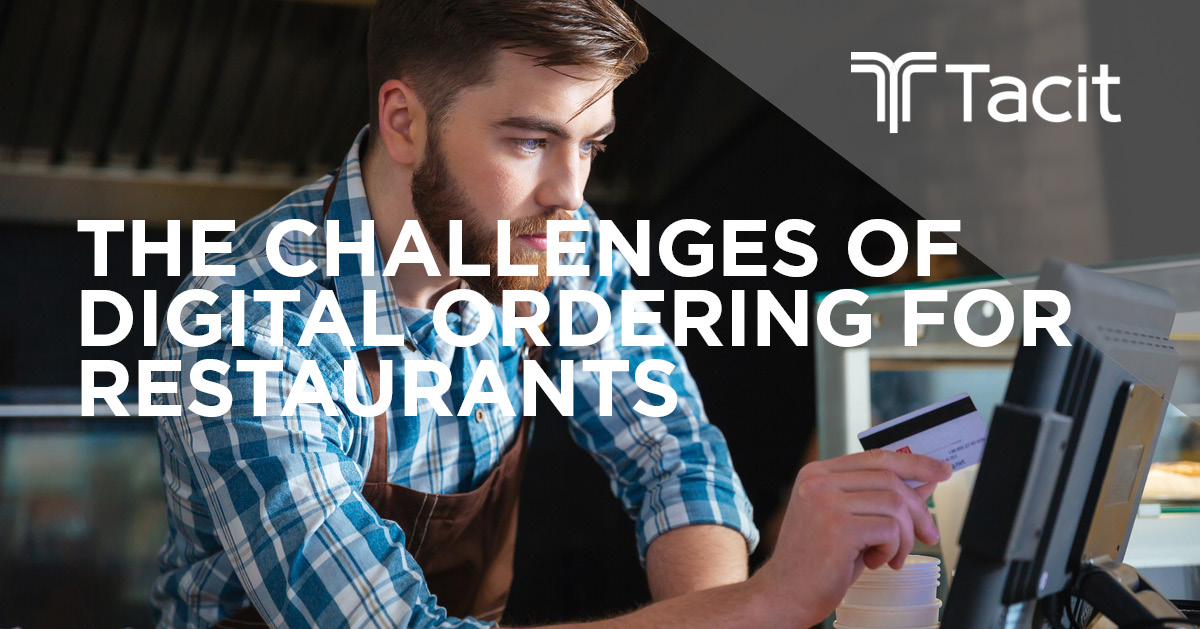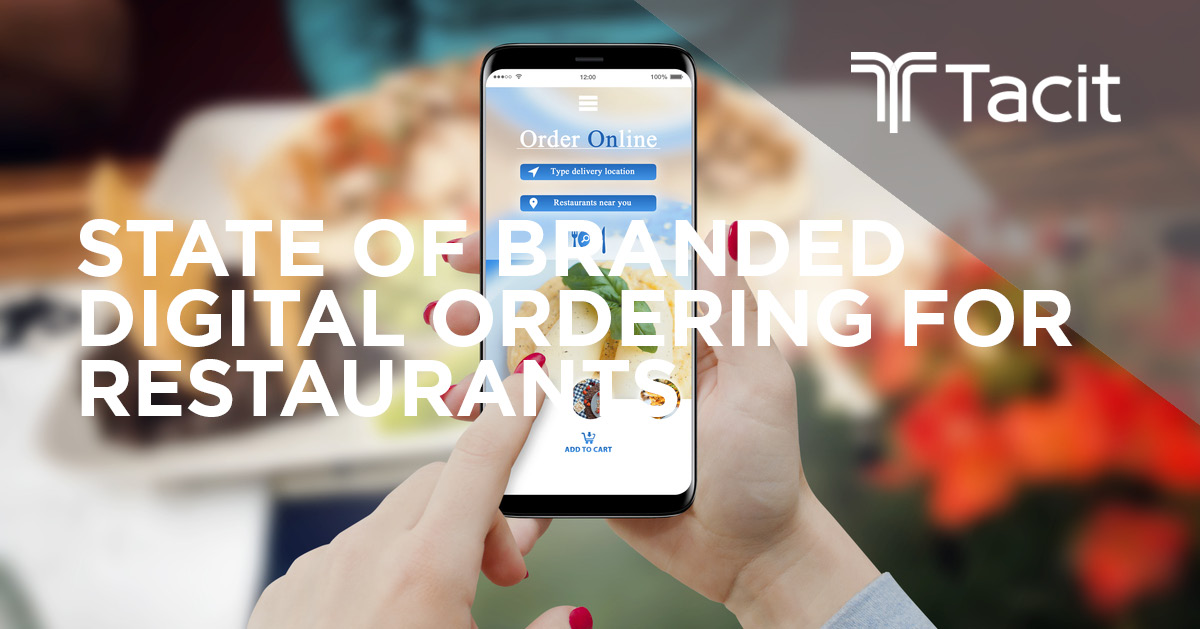06 Aug Peak-time Restaurant Operations: How to Not Overwhelm Your Staff with Disjointed Omnichannel Orders
[vc_row][vc_column][vc_column_text]Peak-time restaurant operations are becoming more commonplace as the world moves toward omnichannel restaurant ordering. Omnichannel restaurant ordering refers to the ability of customers to order their favorite foods and products from any channel, including online, in-store, mobile apps, web-based browsers, third-party delivery service providers...

